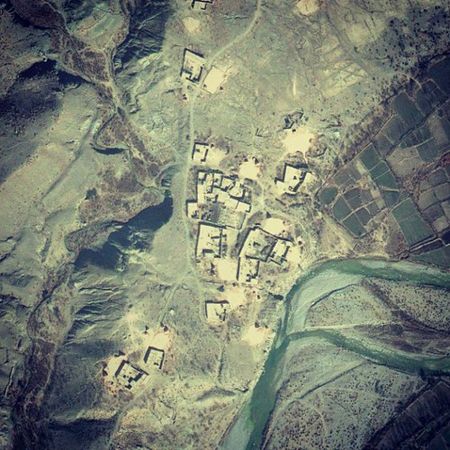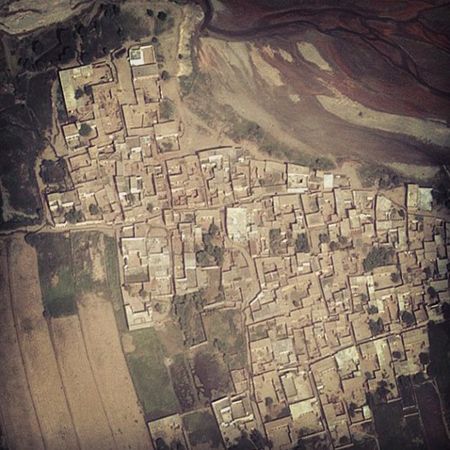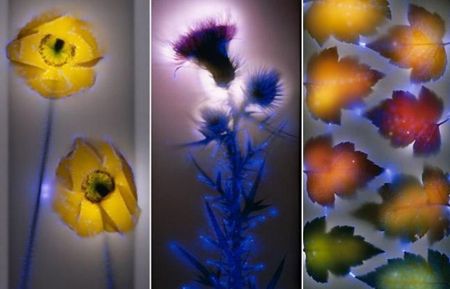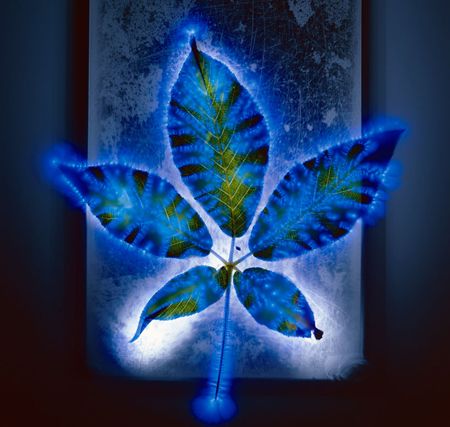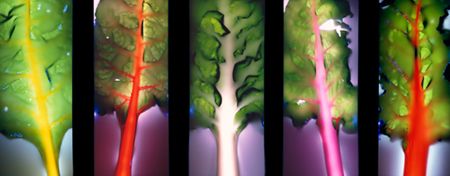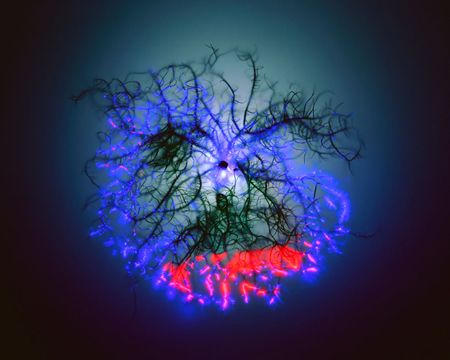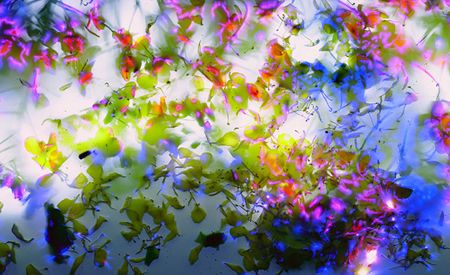Death from Above
[Click on images to view at higher resolution on source sites.]
"New aesthetic" visionary James Bridle‘s latest project is Dronestagram –an Instagram feed that posts satellite images tied to U.S. drone strikes in the Middle East and Asia. The feed, according to Bridle, shares a similar purpose with Josh Begley’s Drones+, an app banned by Apple that sends alerts when drone strikes are reported. Dronestagram, says Bridle, makes "these locations just a little bit more versatile, a little closer. A little more real."
According to The Verge, Bridle’s Instagram feed
finds and filters images of drone strike locations using satellite data from Google Maps, adding contextual information from a variety of news sources, including the Bureau of Investigative Journalism.
Each feed comes accompanied with data like date, location, and causalities (including civilians). Bridle points out that we daily use military technology, like GPS and Kinect, for business and pleasure, but maintains that same technology can also be used, with little visibility and from ever greater distances, to kill and maim human targets. Bridle notes that Dronestagram
does allow us to see these landscapes, should we choose to go there. These technologies are not just for “organising” information, they are also for revealing it, for telling us something new about the world around us, rendering it more clearly.
Buhland Khil, Pakistan. October 11, 2012. 16-26 reported killed. Possible civilian casualties.
and Bridle, insisting on being able to use, for his own purposes, the same space that Apple denied to Begley, goes on to say
History, like space, is coproduced by us and our technologies: those technologies include satellite mapping, social photo sharing from handheld devices, and fleets of flying death robots. We should engage with them at every level. These are just images of foreign landscapes, still; yet we have got better at immediacy and intimacy online: perhaps we can be better at empathy too.
Tappi Village, Pakistan. October 24, 2012. 3-5 reported killed. 1 civilian reported killed.
The obvious fractalness of the images is the reason I’m sharing them and their feed on OT. I observed in a recent post that "the repeating fractal patterns of city blocks and rural fields" are easily seen during airplane flights. In both images above, the recursive rectangular forms clash in their angular sharpness with both the rounded forms of fields and rivers, as well as the depth produced by the height fields of the mountains.
Begley’s Drones+ was rejected by Apple because it "contains content that many audiences would find objectionable." How sadly ironic. I find weaponized drone strikes and their "content" to be objectionable — and immoral — and abhorrent.
And here’s more unsettling news from rallblog to shock the conscience:
The Pentagon has ordered $531 million in new drones. Also, the FAA has greenlit 10,000 police drones over the U.S. over the next five years.
It certainly sounds like the number of posts on Dronestagram will soon be rising, but, regrettably, not as quickly or steeply as flying robot death stats.
~/~
A composite of photographs by Robert Buelteman
The force that through the green fuse drives the flower
Drives my green age; that blasts the roots of trees
Is my destroyer.
—Dylan Thomas
And speaking of shocking…
The latest Somewhat recent work from Robert Buelteman, an artist from San Francisco, is a series of electrocuted flower/plant photographs. Each one is created without using either a camera or computer manipulation but produced by annexing a method of photography known as Kirlian — and by inflaming his subjects with 80,000 volts.
Designboom explains Buetleman’s technique as
a high-voltage photogram process which gained popularity in the 1930s — is considered highly dangerous and painstaking to the point where very few people will attempt it. Buelteman will begin the arduous process by meticulously whittling down foliage such as flowers, twigs and plants with a scalpel until they are almost transparent. He then lays each sample on color transparency film and covers it with a diffusion screen which is positioned on a piece of sheet metal sandwiched between plexiglas, floating in liquid silicone. Buelteman zaps everything with an electric pulse and the electrons jump from the sheet metal, through the silicone and the flower while leaving the jumper cables. The result is hand-painted with white light shining through an optical fiber the width of a human hair — a process so tricky each image can take up to 150 attempts.
I’m sure OT’s readers realize that flower and plant forms are inherently fractal, but Buetleman’s shock treatments really let us see these self-similar forms literally in a new light.
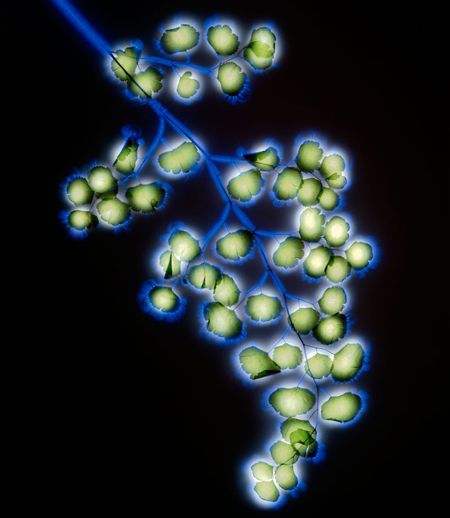
Maidenhair Fern by Robert Buetleman
Stalks and bubbles formulae got nothing on the fern above. The fractal connection to arterial and circulatory systems is disclosed. The radiating fronds seem like individual cells and begin to resemble grape clusters. But Buetleman’s flower shots are among the most astounding
Mule’s Ear by Robert Buetleman
because the petal and stem forms appear hyper-saturated as if shellacked by a metallic/acrylic film. Buetleman’s flowers sometimes seem like a hybrid cross-pollination of water lilies and enameled molars and
Buckeye Leaves by Robert Buelteman
his leaves glow eerily as if astrally projected from a spirit realm or alternate universe. The fractal forms appear spectrally like an apparition and jump off individual leaves like zebra stripes or woven crosshatch. Different leaves in Buetleman’s photos even seem to display idiosyncratic coloring gradient adjustments
Rainbox Chard by Robert Buetleman
as if they’d received a good digital tweaking in Ultra Fractal. The image above looks silk-screened as it undergoes a Warhol-like replication with fine-tuned color variations. It morphs into iterations of a river’s mouth. Or maybe gradations of summer trees on fire near Malibu. Or maybe questionably digestible spinach grown near Chernobyl. Or maybe the entire physiology of the subject collapses into a flame fractal
Fallen Lichen by Robert Buetleman
after falling prey to an insidious Apo hack or being irradiated by a dozen algorithmic Photoshop filters. Or do like your fractal art more masked and layered and impressionistic? Didn’t I read somewhere that Jackson Pollack’s drip paintings might display fractal properties? Well,
Indian Mustard by Robert Buelteman
no one can action paint quite like Mother Nature. Squint, and the image above could pass for a de Kooning painting. Or a random color adjustment for an image rendered in fractal software like Vchira.
I suppose these electroshocked flowers fascinate me because I imagine them all being supercharged with fractal lightning. I wonder why I have such a crazy notion?
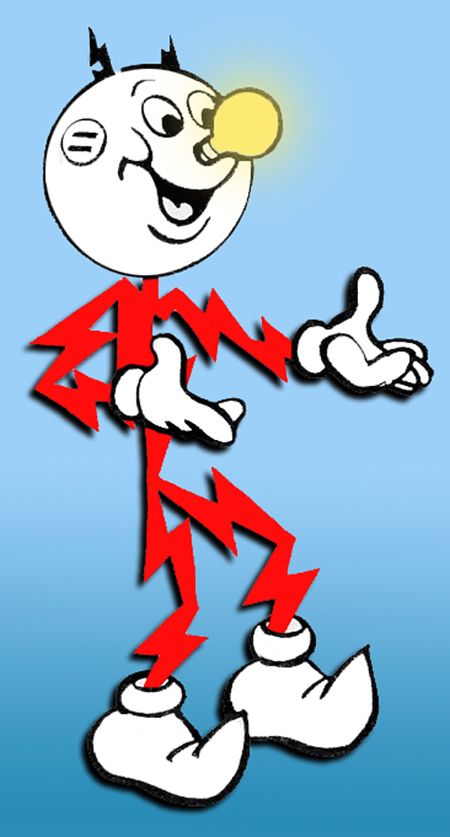
Hiya, kids. Reddy Kilowatt here. Remember. Never stick a fork in the toaster.
Oh. Right. My earliest, ill-formed memory of electrical current was this guy, and I suspect he’s been on a serious Kirlian workout regimen. How else could he have developed that finely toned fractal physique?
~/~
UPDATE: Correction. Buetleman’s series of shockable flowers, Through the Green Fuse, was made in 2001.

